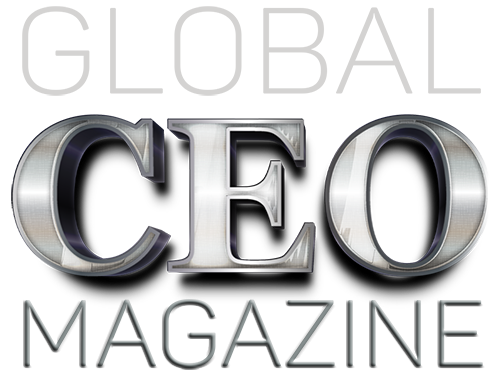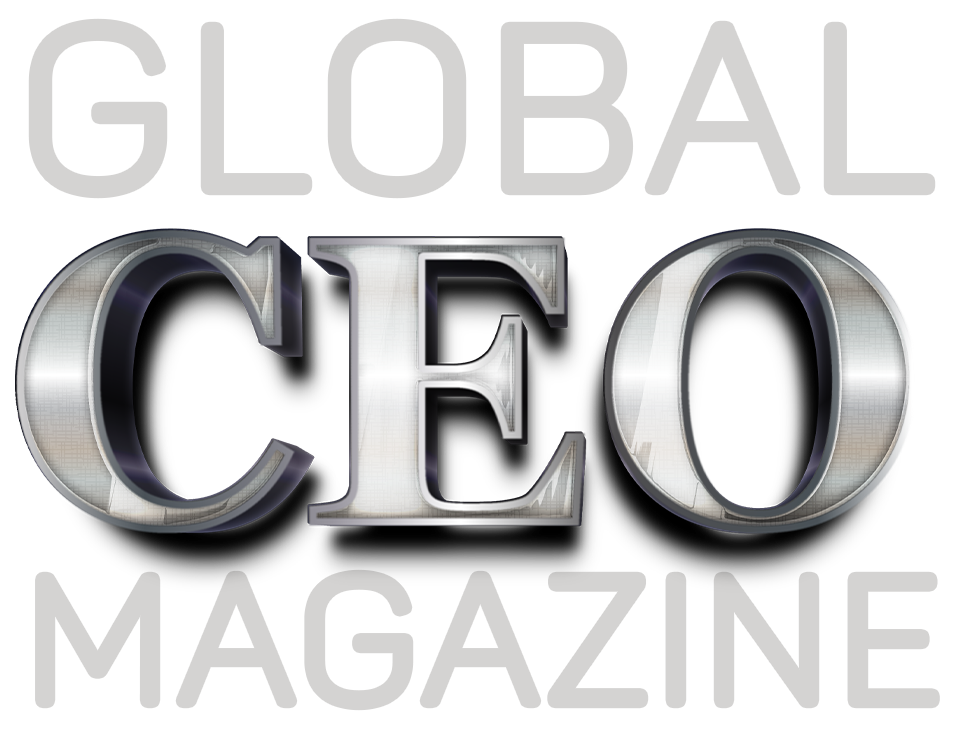Kaushala Amarasekara on Hutch’s Marketing Evolution
In a rapidly evolving telecommunications landscape, where personalisation, sustainability, and digital innovation are redefining brand success, Hutchison Telecommunications Lanka is at the forefront of transformation.
Global CEO Magazine sat down with Kaushala Amarasekara, General Manager – Brand, Communications & Loyalty at Hutch, to explore how the company is leveraging AI, emerging technologies, and integrated marketing strategies to enhance customer engagement and deliver meaningful brand experiences.
In this exclusive interview, Kaushala shares insights into Hutch’s approach to personalising customer journeys, embedding eco-conscious values into marketing, balancing digital and traditional media, and staying ahead in a competitive market through innovation and agility.
How is your company leveraging AI and automation to enhance customer engagement and personalise marketing efforts in the telecommunications sector?
A: We are actively leveraging AI and automation as core enablers to enhance customer engagement and deliver more personalised, relevant experiences across our customer journey.
In today’s digital era, customer expectations have evolved significantly, and to stay ahead, we are transforming our marketing strategies through data-driven intelligence.
It assists in segmenting our customer base more intelligently, allowing us to understand individual usage patterns, preferences, and behaviours.
This enables us to tailor campaigns with greater accuracy—from personalised offers to dynamic content delivery.
The telecommunications industry has also integrated AI into customer service touchpoints—through chatbots and virtual assistants—ensuring 24/7 support and instant responses to frequently asked queries.
These AI interfaces are constantly learning from interactions to offer more accurate and contextual replies, reducing the dependency on human agents while increasing customer satisfaction.
On the branding side, AI tools help us monitor sentiment across digital platforms in real time, giving us valuable feedback on how our campaigns are being perceived and allowing us to adjust messaging dynamically. It also assists in creative optimisation—testing multiple versions of ads and automatically selecting the best-performing ones for different audience groups.
Ultimately, we view AI and automation not as replacements, but as amplifiers of our human creativity and strategic thinking. It’s about creating seamless, personalised, and meaningful experiences for every customer, while driving operational efficiency and smarter decision-making internally.
With the growing emphasis on sustainability, how do you recommend integrating eco-friendly practices into your marketing strategies to align with consumer expectations?
A: Sustainability is no longer a trend—it’s an expectation. Most companies are committed to embedding eco-conscious values into our marketing strategies, aligning both with consumer expectations and our broader corporate responsibility goals.
From a communications standpoint, we’ve significantly reduced our reliance on traditional print and shifted towards digital platforms—whether it’s e-bills, app-based promotions, or targeted digital campaigns. This not only minimises paper waste but also allows us to connect with customers in a more dynamic and measurable way.
In our below-the-line (BTL) and activation strategies, we are moving away from single-use materials.
For example, when producing merchandising elements like POS materials or event branding, we now prioritise recyclable, reusable, or biodegradable materials. Even our internal campaigns encourage teams and partners to adopt greener alternatives.
We believe in also ensuring our brand voice supports sustainability. We amplify messages that promote digital inclusivity and energy efficiency—from encouraging customers to use self-care apps instead of visiting outlets, to highlighting the reduced carbon footprint of our cloud-based services.
Most importantly, sustainability isn’t treated as a side campaign—it has to be woven into our brand ethos. We believe that doing good for the planet and delivering value to our customers can go hand in hand.
As consumer values shift, we want to be seen not only as a tech innovator but as a responsible, future-focused brand.
How is your company using emerging technologies to create marketing campaigns that showcase new service capabilities?
A: In today’s competitive telecom landscape, especially in a market like Sri Lanka, emerging technologies are playing a critical role in how we connect with consumers and showcase new service capabilities.
As marketers, it’s not just about telling people what’s available—it’s about helping them experience the value in a meaningful way.
Technologies like Augmented Reality (AR) and Virtual Reality (VR) are now part of our activation toolkit. They allow us to bring various services and app features to life—especially at ground-level events where customer interaction matters most.
Equally important is how we use Artificial Intelligence and automation. These tools help us understand customer behaviour at a granular level—when they engage, what they prefer, and how they respond. This enables us to run highly personalised, data-driven campaigns that are both efficient and relevant.
We’re also seeing programmatic advertising and AI-powered chatbots streamline communication, while creating space for real-time interaction and feedback. It’s a shift from static messaging to dynamic, experience-led engagement.
The role of technology in marketing is no longer supportive—it’s central. And those who leverage it smartly will lead the way in building stronger, more trusted customer relationships in this digital age.
Approach to balancing use of social media platforms and traditional marketing channels to effectively reach diverse customer segments?
A: In today’s marketing landscape, striking the right balance between social media and traditional channels is key to truly connecting with diverse customer segments.
We need to understand that each platform has its unique strengths—and audiences. Social media give us agility. It allows for two-way conversations, real-time engagement, and hyper-targeted messaging, especially with the younger, digital-native crowd.
But that doesn’t mean traditional channels have lost their power. TV, radio, and on-ground activations still carry immense credibility and reach, particularly in suburban and rural pockets.
The best approach is simple—integrated communication. We don’t see platforms in silos. Instead, we craft campaigns that echo across channels, adapting the core message to suit the medium and the audience.
A campaign that kicks off on TV might continue on Instagram with influencer engagement or spark real-life interaction through a BTL activation.
The key is consistency in brand tone and message.
We also use data to guide us—consumer behaviour, media consumption patterns, and platform performance. That insight helps us invest wisely and deliver impact.
At the end of the day, it’s about staying relevant, accessible, and top-of-mind. Whether it’s a billboard or a boosted reel, what matters is how meaningfully we connect with our customers—wherever they are.


